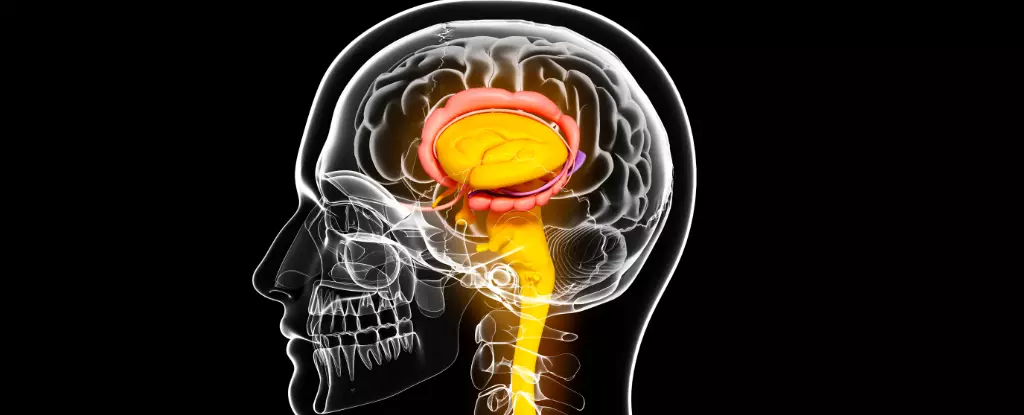The human brain is an intricate organ, composed of various structures that collaborate to govern essential functions ranging from motor control to emotional regulation. While the cerebral cortex often garners the spotlight for its role in higher-order thinking, the subcortical areas—often referred to as the deep brain—are essential yet tend to be overlooked in discussions surrounding neurological function and disorders. These regions, which include vital areas like the amygdala, hippocampus, and thalamus, influence a multitude of cognitive processes and are implicated in several neurological and psychological disorders, including schizophrenia, ADHD, and Parkinson’s disease.
As researchers delve deeper into the complexities of the brain, recent studies have illuminated the significant impact that genetic factors can have on these lesser-known areas. Uncovering the links between genetics and subcortical structure variance opens up new avenues for understanding not only how different conditions arise but also how they might be treated.
A monumental study involving an international collaboration of researchers has identified 254 genetic variants that influence the development of various subcortical structures. This extensive research, which encompassed data from 74,898 participants across 19 nations, is considered a landmark investigation in the realm of neuroscience. Led by Paul M. Thompson from the University of Southern California, the study utilized advanced imaging techniques, specifically MRI scans, to measure the volume of subcortical regions.
This effort is part of a larger initiative known as the Enhancing Neuro Imaging Genetics through Meta-Analysis (ENIGMA) consortium, which has brought together over 1,000 research labs from 45 countries. By amalgamating such vast repositories of genetic and imaging data, scientists aim to decode the genetic essence of human neurobiology, ultimately contributing to our understanding of brain structure and function.
The research employed a genomic analysis technique known as a Genome-Wide Association Study (GWAS). This method allows scholars to scrutinize variations within DNA sequences across large populations to discern correlations with various traits or diseases. The recent study, hailed as the largest of its kind, notably pinpointed genetic correlations with subcortical brain volume, accounting for an impressive 10% of variances observed among participants.
Such findings have profound implications; for example, the study revealed significant genetic connections between specific subcortical volumes and conditions like Parkinson’s disease and ADHD. As Miguel Rentería, an associate professor of computational neurogenomics, suggests, comprehending the biological underpinnings of these disorders could lead to more effective treatment strategies in the future.
While connections have been established between particular subcortical structures and certain disorders, the latest research adds an additional layer to this understanding. It elucidates how genetic variants might affect the growth and functionality of crucial brain regions, thus potentially influencing the emergence of psychopathologies. Although these relationships are still being parsed out, the implications are critical: identifying genetic causes could revolutionize how we perceive and manage mental health conditions.
Rentería emphasizes that these genetic influences may not only explain individual differences in brain structure but could also provide pathways for discerning the mechanisms that underlie various brain-related conditions. The findings serve as a compelling call for further research to dissect the extent to which genetic variation drives neurological disorders and how this knowledge can form the basis for novel therapeutic approaches.
Importantly, the study does point to a need for continued exploration in this emerging field. While the findings are promising, researchers caution that establishing concrete links between genetic variance and brain disorders will require more extensive inquiry and evidence-gathering. Nonetheless, the research marks a significant step toward demystifying the genetic contributions to brain structure, with the potential to lead to unprecedented insights into mental health management.
Through ongoing efforts like those exemplified by the ENIGMA consortium, the scientific community hopes to further unravel the complexities of the human brain. As Paul Thompson articulates, “This paper, for the first time, pinpoints exactly where these genes act in the brain,” a pivotal moment that lays a foundation for future research aimed at unraveling the vast and intricate connections between our genetic code and the neuroscience of the human experience. The journey to fully comprehend these relationships is ongoing, but the promise of such knowledge is undoubtedly profound.


Leave a Reply